Director: Robert Beavers
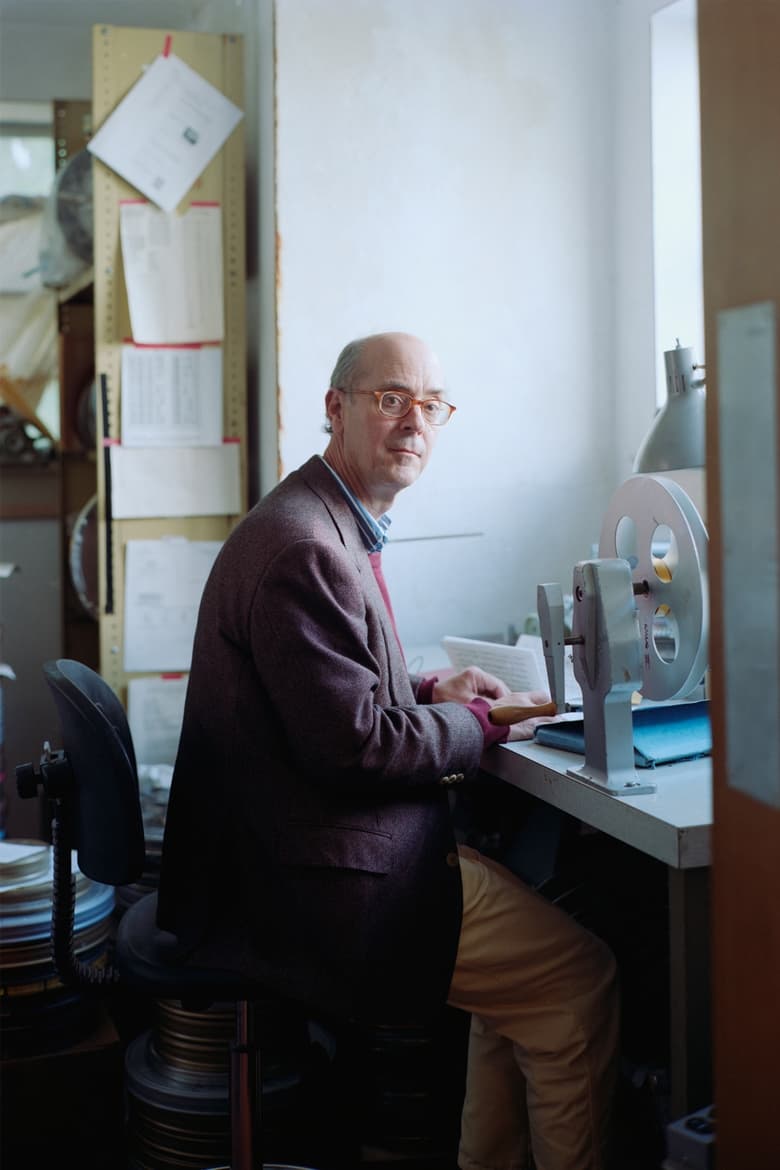
Birthday: 1949-01-01
Born in: Brookline, Massachusetts, USA
Biography: Robert Beavers is an American experimental filmmaker best known for My Hand Outstretched to the Winged Distance and Sightless Measure, an epic cycle comprising 18 of his films (many later re-edited) made since 1967. Beavers’s use of shaped mattes to obscure aspects of the image and gelatine filters that produce varieties of coloured light are hallmarks of some of his films, many of which observe hand- and craftwork (including his own filmmaking). Born in Brookline, Massachusetts, Beavers attended Deerfield Academy before meeting the filmmaker Gregory J. Markopoulos in 1966. They moved to Europe in 1967 and removed their films from distribution; Beavers did not show his films in the United States again until 1996. Beavers made films in Greece, Belgium, Switzerland, Germany, and Italy. His early Plan of Brussels and Winged Dialogue (1967-68/2000) are multilayered psychic explorations; From the Notebook of…(1971/1998) is set in Florence and inspired by Leonardo’s notebooks. Ruskin (1975/1997) is shot at the various sites of the titular artist/critic’s work in London, the Alps and Venice. Beavers’s only film to use intertitles, the dialogic Sotiros (1976-78/1996) marks the end of his use of filters and mattes. Wingseed(1985), The Hedge Theater (1986-90/2002), The Stoas (1991-97), and The Ground (1993-2001) dwell in pastoral environments in Italy and Greece. Beavers has produced three films outside the Hand Outstretched cycle: Pitcher of Colored Light (2007), The Suppliant (2012) (both shot in the U.S.) and Listening to the Space in My Room (2013). He lives with the German filmmaker Ute Aurand in Berlin and in Massachusetts.
Born in: Brookline, Massachusetts, USA
Biography: Robert Beavers is an American experimental filmmaker best known for My Hand Outstretched to the Winged Distance and Sightless Measure, an epic cycle comprising 18 of his films (many later re-edited) made since 1967. Beavers’s use of shaped mattes to obscure aspects of the image and gelatine filters that produce varieties of coloured light are hallmarks of some of his films, many of which observe hand- and craftwork (including his own filmmaking). Born in Brookline, Massachusetts, Beavers attended Deerfield Academy before meeting the filmmaker Gregory J. Markopoulos in 1966. They moved to Europe in 1967 and removed their films from distribution; Beavers did not show his films in the United States again until 1996. Beavers made films in Greece, Belgium, Switzerland, Germany, and Italy. His early Plan of Brussels and Winged Dialogue (1967-68/2000) are multilayered psychic explorations; From the Notebook of…(1971/1998) is set in Florence and inspired by Leonardo’s notebooks. Ruskin (1975/1997) is shot at the various sites of the titular artist/critic’s work in London, the Alps and Venice. Beavers’s only film to use intertitles, the dialogic Sotiros (1976-78/1996) marks the end of his use of filters and mattes. Wingseed(1985), The Hedge Theater (1986-90/2002), The Stoas (1991-97), and The Ground (1993-2001) dwell in pastoral environments in Italy and Greece. Beavers has produced three films outside the Hand Outstretched cycle: Pitcher of Colored Light (2007), The Suppliant (2012) (both shot in the U.S.) and Listening to the Space in My Room (2013). He lives with the German filmmaker Ute Aurand in Berlin and in Massachusetts.
Known for
5.6

6.0
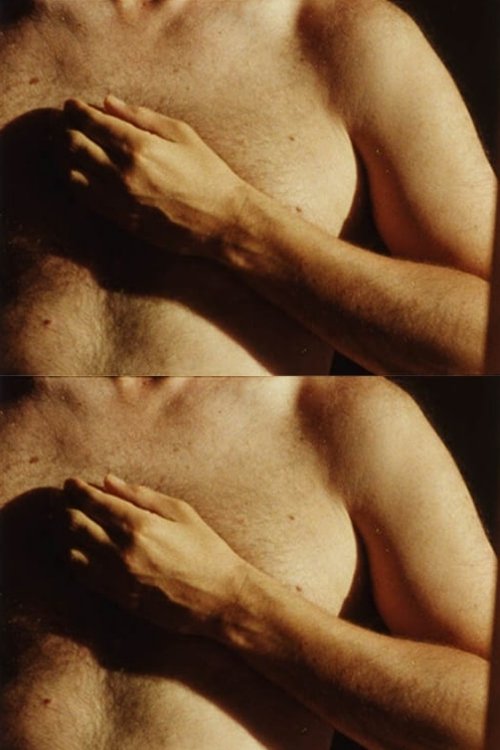
6.0
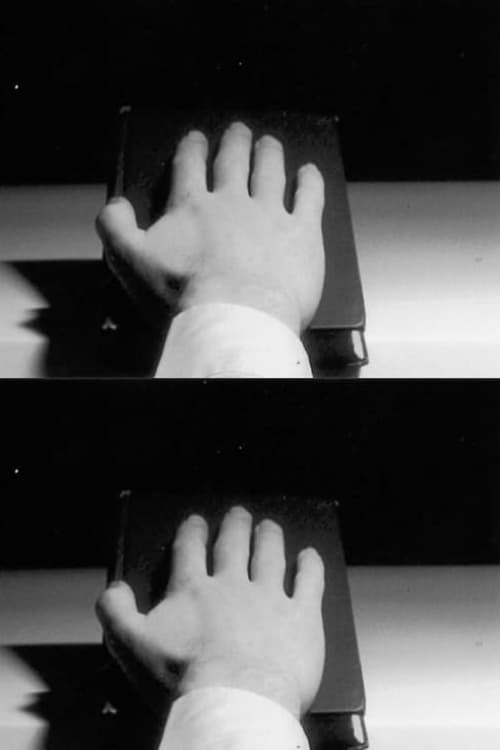
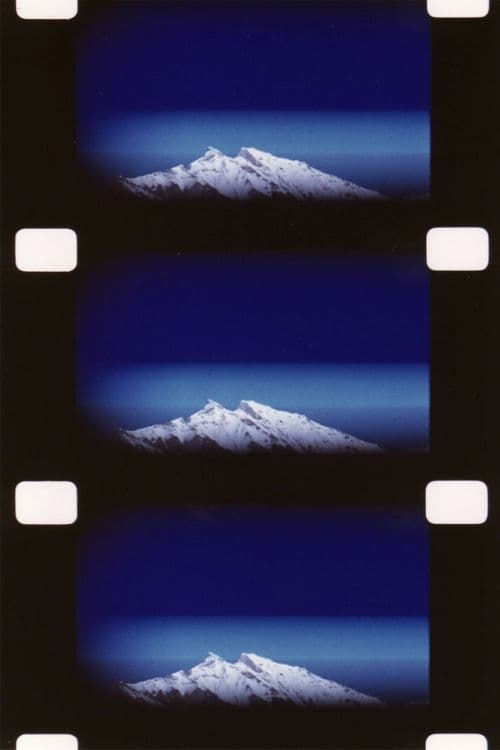
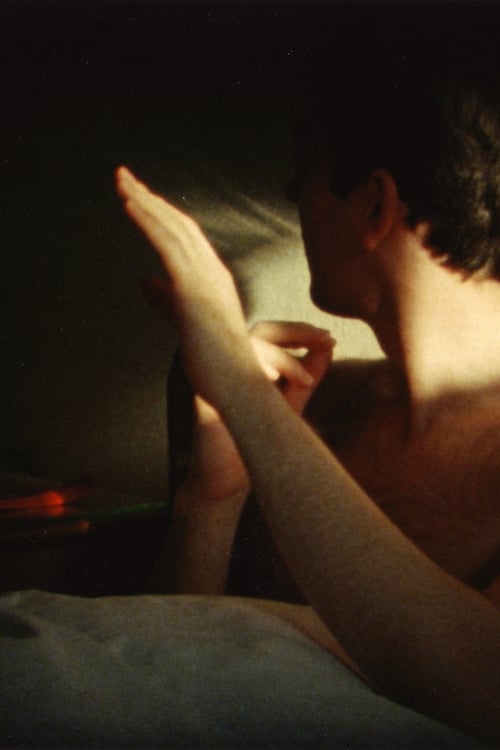
6.0
